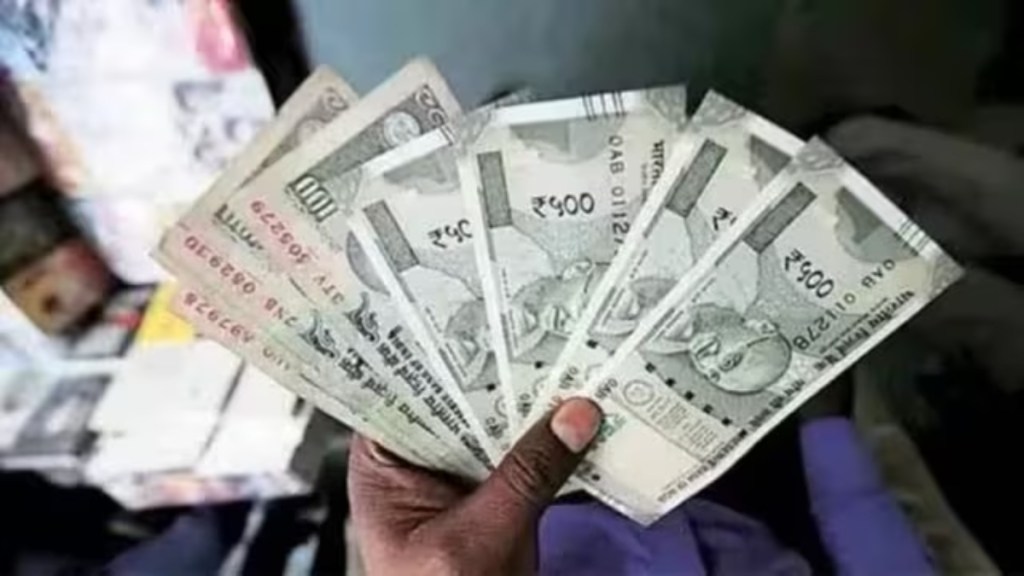As the government prepares to present the annual Budget in the third week of July, there are expectations that the production-linked incentive (PLI) scheme, started by the Modi government in 2019, will be expanded to more sectors. Before that happens, some stocktaking is needed to figure out whether the outlay of over Rs 2 trillion involving 14 PLIs has worked. It has surely been a success in smartphones, which was the first beneficiary of such a scheme in mid-2020. A global, marquee brand like Apple set up a manufacturing base in the country, and exports zoomed. In FY24. Apple’s India production doubled to $14 billion. Now, one in seven iPhones assembled in the world are being done in India, and over 70% of the output are exported to Europe, US, and Asia.
But the 13 other PLI schemes don’t have much to showcase. According to available data, so far companies have made investments worth Rs 1.07 trillion against an outlay of over Rs 2 trillion. Of the expected incremental sales target of Rs 40 trillion, just 17% has been achieved till December 2023. Similarly, of the direct employment potential of 1.15 million, around 43% has been achieved. The 13 sectors include high-efficiency solar PV modules, automobiles, ACC batteries, textiles, IT hardware, and specialty steel. The government has tweaked the schemes in some cases, like the IT hardware, to make it more attractive to the industry. However, the bigger question is why the scheme succeeded in a sector like smartphones but not in other sectors when the basic architecture was the same.
The answer perhaps lies in the fact that a one-size-fits-all approach does not work, as has been demonstrated through experience so far. The smartphone PLI scheme was designed after more than two years of discussions with Apple as the other major global manufacturer, Samsung, was already present in the country. The specifics of the scheme were tailored to suit Apple, which was not the case with other schemes. There was no clear goal in mind as to which companies are being targeted to set up shop in India. This becomes very clear in the case of auto where PLI was aimed to promote electric vehicles (EVs). While a host of domestic companies were selected, this year, the government came out with a different EV policy to woo Tesla where the incentive for the first three years is concession in import duty. In IT hardware where the scheme had to be reworked in 2023, the basic flaw was the assumption that what worked in smartphones would work in IT also.
The basic idea behind the PLI schemes was to make India an export hub and emerge as part of a global value chain, and generate large-scale employment. Since providing export subsidies would have been in violation of the World Trade Organization rules, the schemes were marketed not as an export promotion one, but aimed at deepening domestic production. While there isn’t any doubt that PLI as a concept is a good one, the government should take a holistic view of the schemes, what has worked and what not, and make the required course corrections. There’s no point in having PLIs for all the sectors. The basic cornerstone should be to study the dynamics of each sector, and offer what the industry feels will yield results. A top-down approach doesn’t work.


